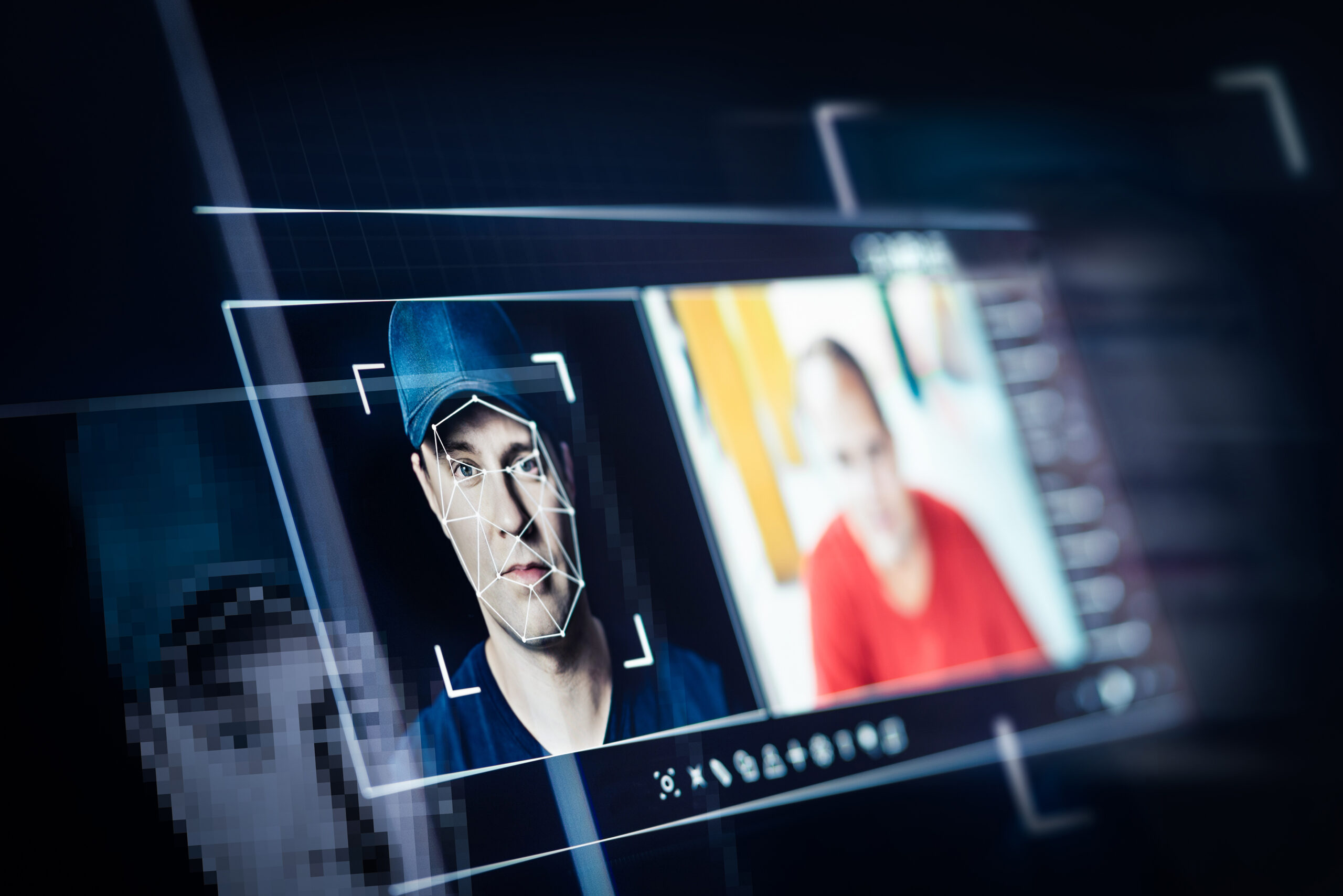What are deepfakes?
Deepfakes are manipulated content created using artificial intelligence. The term is a combination of “deep learning” and “fake,” as deep learning neural networks are used to create them. These technologies can generate deceptively real videos, audio files, or texts that appear authentic at first glance. Thanks to technological advances and the further development of AI algorithms, even amateurs can now create high-quality deepfakes. One example of this is a viral TikTok video that appeared to show actor Tom Cruise, but was actually created by an impersonator and AI software. A more detailed introduction to the topic of deepfakes is provided in an interview by the German Research Center for Artificial Intelligence (DFKI), which you can find here.
Types of manipulation
Deepfakes appear in various media formats and involve numerous manipulation methods. In face swapping, one person’s face is replaced with that of another, while the facial expressions, lighting, and movements of the original person are retained. Another method, face reenactment, alters the facial expressions and movements of a target person to create statements or reactions that appear deceptively real. In addition, artificial intelligence can synthesize faces that do not actually exist.
Voice manipulation is also a common method. Text-to-speech systems are used to convert text into audio files that resemble a real voice. Existing audio material can also be converted into the voice of another person using voice conversion. These technologies are developing rapidly and could require even less source material in the future.
In addition to videos and audio, AI also generates realistic-looking text. Models such as GPT can create convincing longer texts from just a few inputs, which are almost indistinguishable from texts written by humans. Such technologies are used in chatbots or for automating messages, enabling both positive and potentially problematic applications.
How can you recognize deepfakes?
Detecting deepfakes is challenging because they often appear so realistic that they are difficult to spot. However, there are some characteristics that can be used to identify manipulated content. Illogical or inconsistent elements, differences in sharpness or lighting between the foreground and background, and unnaturally smooth faces and movements can be indications of deepfakes. In addition, the source should always be checked for reliability. Technologies such as the “DeepFake-o-meter” tool can also help to identify deepfakes. Further information and recommendations on detecting and dealing with deepfakes can be found on the website of the Federal Office for Information Security (BSI) here.
Risks for businesses and society
The dangers posed by deepfakes are manifold and particularly affect companies. For example, biometric security systems could be tricked by fake videos or voices. There is also a risk of financial fraud if, for example, fraudsters use deepfakes to assume the identity of executives and issue fake instructions (CEO fraud). Reputational damage caused by manipulated content and disinformation campaigns can also cause considerable harm. In some cases, deepfakes are also used for blackmail or cyberbullying. There are also legal risks, as deepfakes often violate personal rights or copyrights.
How can companies protect themselves?
IT security is crucial for protecting against these dangers. Companies should take measures to prevent identity theft, such as using multifactor authentication. Special software for detecting deepfakes and encrypting sensitive data can further increase security. Employee training and awareness programs play an important role in raising awareness of the risks. Contingency plans that can be activated in the event of an attack help to limit the damage and restore public confidence.
Monitoring networks and systems is also crucial for detecting suspicious activity at an early stage. Anomaly detection and log analysis can help uncover attacks. Companies should restrict access to sensitive data such as videos and ensure that publicly accessible content is minimized. Collaboration with cybersecurity experts and research institutions provides access to the latest technologies and security solutions.
Technological developments for deepfake detection
At the same time, large companies such as Microsoft and Facebook are working on automated tools for detecting deepfakes. These technologies demonstrate how important it is to continuously adapt security strategies. Deepfakes are constantly evolving, so companies and organizations must remain vigilant in order to effectively protect digital identities and sensitive data.
Summary
Deepfakes pose a complex and growing threat to businesses, organizations, and society. They have the potential to cause significant damage in the areas of security, finance, reputation, and information integrity. Although deepfakes can also have positive applications, the risks currently outweigh the benefits, particularly due to the increasing availability of tools that enable even technically savvy laypeople to create deceptively real manipulations.
Dealing with this threat requires a holistic approach that combines technical innovation, education, and legal frameworks. Companies and organizations must remain vigilant in order to protect digital identities and sensitive data and maintain the integrity of information in an increasingly manipulable digital world.

